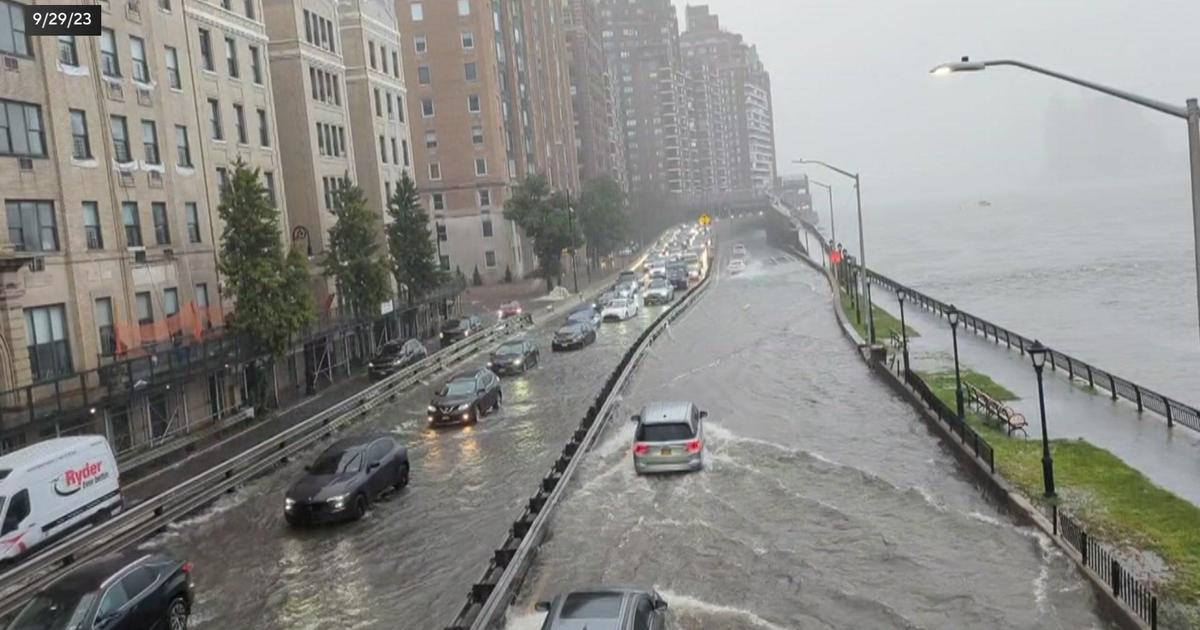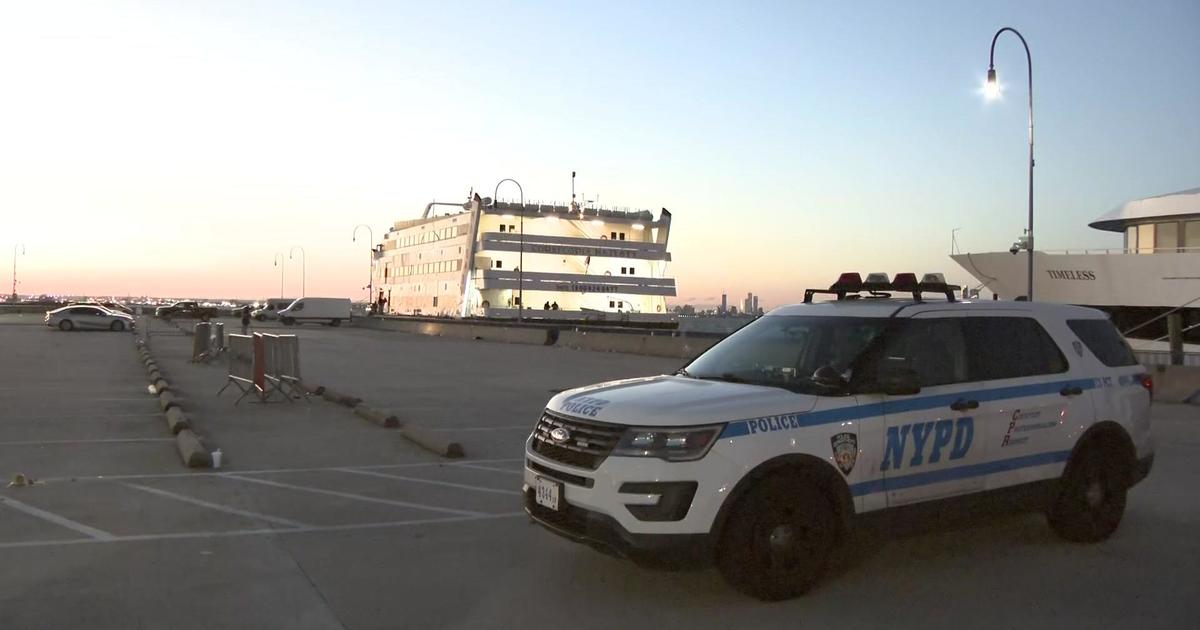Post-Sandy Beach Widening Starting On Long Beach Island
SHIP BOTTOM, N.J. (CBSNewYork/AP) -- A long-awaited beach replenishment project is underway at one of New Jersey's top vacation spots.
The U.S. Army Corps of Engineers has started work in Ship Bottom on a $128 million project that will restore nearly 13 miles of beaches and dunes on Long Beach Island.
The island was severely damaged by Superstorm Sandy in 2012.
Post-Sandy Beach Widening Starting On Long Beach Island
The work is part of a $1.2 billion appropriation by Congress to return the beaches to a better condition than they were in before the storm hit.
Bill told WCBS 880's Levon Putney that he walks a few blocks from his home sometimes to get a look at the work being done.
"It's a great thing to watch and see," he said. "They work hard, and they're doing a great job.
"At night, all these CATs and bulldozers are running. There's water coming out of these cages and pipes like fountains."
The state Environmental Protection Department says about 50 out of 850 homeowners who need to sign easements permitting the work still have not done so.
Commissioner Robert Martin says the state will use eminent domain to take the land if owners don't sign voluntarily.
Officials expect to finish Ship Bottom's beaches and dunes in about a month, and all of Long Beach Island by next April.
In Sea Bright sand is getting sucked away so quickly that residents aren't sure what to make of it.
As CBS2's Vanessa Murdock reported, a walk on the north end of the beach is all it takes to realize that part of the beach is missing.
"I'm not sure where it went. There's something weird going on," Jack Piltch said.
Locals said the beach is disappearing, and fast.
"It's very quick. Very quick," Meghan McCaffrey said.
Sea Bright Councilman John Lamia said the beach was replenished by the U.S. Army in 2013, just after Sandy. At the time, about 300-ft of sand separated the sea wall from the surf. Now, it's more like 50.
"Beach erosion is a natural process, but not at this pace. What typically takes 10 years to degrade has taken less than just two," Lamia said.
Lamia showed CBS2's cameras that dunes planted in March have already been wiped out. He wants and needs to know what is happening.
"Right now, it's important. We're coming up on beach season, trying to attract more people to Sea Bright," he said.
The beach drives the local economy.
"Our businesses depend on those visitors," he said.
Jon Miller, a coastal engineer with Stevens Institute said there are a couple of possibilities.
"Sometimes when we do the replenishment there's a pocket of very fine material that washes away quickly," Miller said.
Underwater terrain may also be to blame.
""Depending on how it looks waves will focus on certain areas," Miller said.
It might just be that one section of the beach gets crashed upon more frequently.
The Army Corps of Engineers said in cases like this, construction of erosion control structures like offshore breakwaters or artificial reefs is not cost effective.
Renourishment has shown to be the most cost effective method for mitigating erosion.
Right now, there is no way to know for sure. Research is necessary to decide if anything can or should be done.
(TM and © Copyright 2015 CBS Radio Inc. and its relevant subsidiaries. CBS RADIO and EYE Logo TM and Copyright 2015 CBS Broadcasting Inc. Used under license. All Rights Reserved. This material may not be published, broadcast, rewritten, or redistributed. The Associated Press contributed to this report.)



